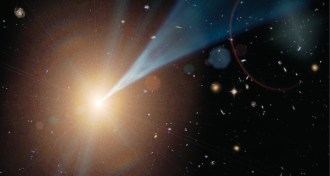Space
Sign up for our newsletter
We summarize the week's scientific breakthroughs every Thursday.
-
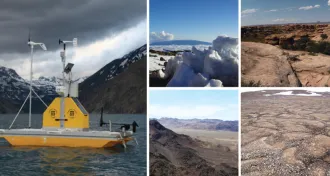 Space
SpaceExploring Earth’s alien spaces
Nathalie Cabrol, a planetary geologist and astrobiologist at the SETI Institute’s Carl Sagan Center and NASA’s Ames Research Center, both in Mountain View, Calif., hunts for alien life.
-
 Cosmology
CosmologyHuge Galactic Explosion
An excerpt from the October 5, 1963, issue of Science News Letter.
By Science News -
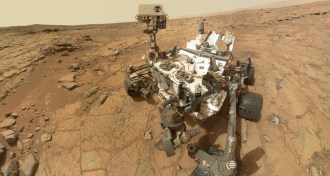 Planetary Science
Planetary ScienceMars rover fails to find methane
A dearth of the gas in the Red Planet's atmosphere disappoints scientists looking for signs of biological activity.
By Erin Wayman -
 Planetary Science
Planetary ScienceCometlike crashes produce building blocks of life
Amino acids in collision residue support importance of extraterrestrial impacts.
-

-
 Astronomy
AstronomyAt last, Voyager 1 slips into interstellar space
Solar blast data provides definitive evidence that Voyager 1 has cruised beyond the heliosphere and into interstellar space.
By Andrew Grant -
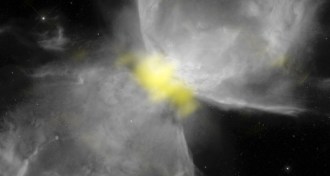 Astronomy
AstronomyRadio telescope images reveal nebula’s heart of carbon
ALMA takes detailed look at elements surrounding dying star.
-
 Astronomy
AstronomyThe sun’s older twin, 250 light-years away
Almost twice as ancient, the distant star gives a glimpse of the sun's future.
By Andrew Grant -
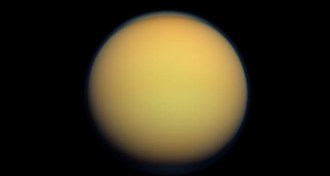 Planetary Science
Planetary ScienceTitan becomes even more enigmatic
Thick, rigid crust of ice encases Saturn's largest moon, perplexing scientists.
By Andrew Grant -
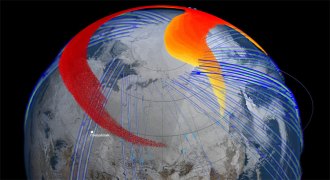 Earth
EarthMap tracks path of dust plume from Chelyabinsk meteor
Satellite data capture how the jet stream pushed particles through the planet's atmosphere.
-
 Planetary Science
Planetary ScienceShergottite SHER-goh-tite n.
Shergottite is the most common kind of Martian meteorite.
-
